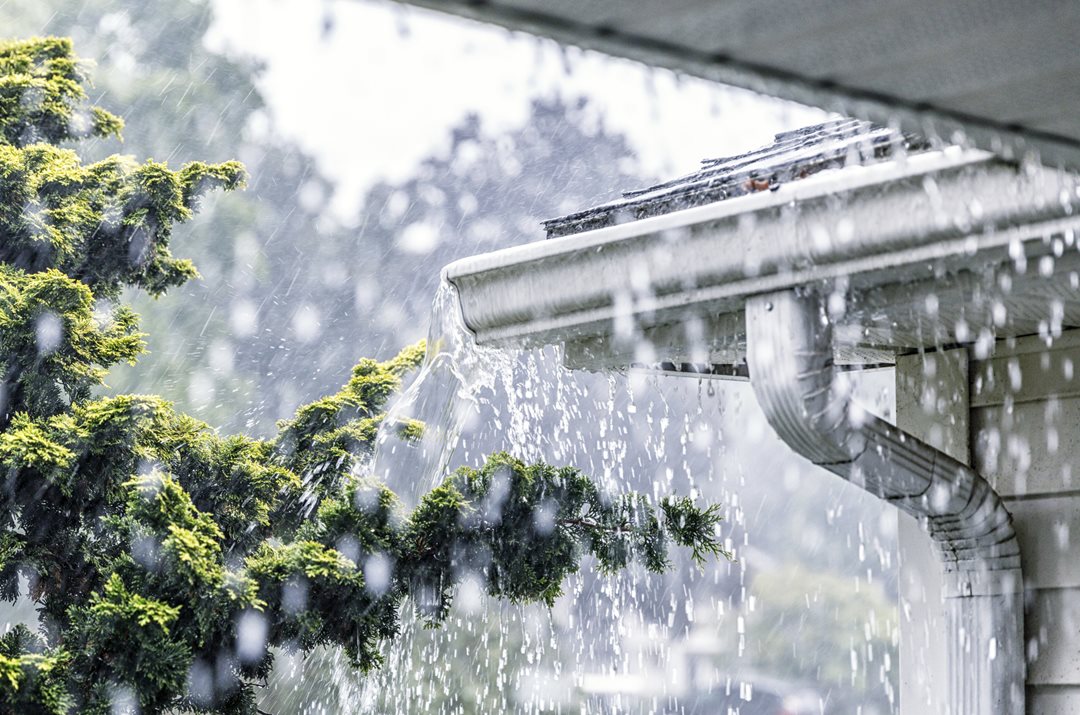How to prevent water damage before freezing weather | PEMCO
 Heads up, PNW: Fall’s first freeze is just days away, with a frost potentially due to hit many of us this month. Even coastal and Puget Sound communities aren’t far behind with their first wintery blast likely coming in November. (Check out these first-frost averages over the past three decades for your town in Oregon and Washington.)
Heads up, PNW: Fall’s first freeze is just days away, with a frost potentially due to hit many of us this month. Even coastal and Puget Sound communities aren’t far behind with their first wintery blast likely coming in November. (Check out these first-frost averages over the past three decades for your town in Oregon and Washington.)
As much as we love the crisp change of seasons, it’s not all pumpkin spice and cozy comforters if you own or rent a home. During a five-year study, researchers at the Insurance Information Institute found that freezing and water leaks damaged about one in 63 American homes severely enough to file an insurance claim. (Only wind and hail accounted for more homeowners claims nationally).
While water damage can happen to anyone, there’s a lot you can do now to make sure your home’s pipes and gutters are ready to take on the coming cold.
How to prevent home water damage during freezing weather
When it comes to protecting your home from ice and water woes, start from bottom-to-top and outside-in:
-
Insulate exposed pipes. During extreme cold snaps or prolonged stretches of sub-freezing weather, uninsulated pipes in your crawlspace, attic, workshop, or garage can freeze solid and rupture. Once they thaw, they can spew water, causing serious water damage in minutes, especially if you’re not home to immediately shut off the water.
Pay special attention if you’ve recently moved into a new home or remodeled over the summer. A contractor may have missed insulating a pipe that’s yet to be tested by winter’s worst.
If you do find an exposed pipe, wrap it with insulation and plug cold-air leaks around pipe installations with caulk or insulation. You also can use foam insulation, heat tape, or pipe sleeves to protect your pipes from the cold. Learn more with PEMCO’s winterizing pipes video.
-
Disconnect garden hoses and cover outdoor faucets. In cold weather, water trapped in garden hoses can back up, freeze, and split the pipe, causing an in-wall leak once the ice thaws. To prevent that, disconnect garden hoses and, if the faucet has an indoor valve, turn it off and open the faucet to drain any trapped water. Cover the faucet with a foam protector.
-
Reduce your risk of ice dams. Insulate attics to ensure your roof is evenly cold, keep gutters and downspouts clean, and consider installing electric cable deicers to overhangs if you have a non-combustible roof.
If you’re wondering, “Wait, what’s an ice dam?” you’re not alone! While they tend to occur on the (colder) east side of the Cascades, they can show up on the west side, too, when an arctic blast rolls in. Ice dams form when snow melts in the warmer middle section of a roof only to refreeze at its colder, uninsulated edge. Blocked by a “dam” of ice along the roof’s edge and gutters, water can’t flow off the roof. When this happens, the water may back up, soak shingles and seep into wall cavities.
Here's more on how to prevent ice dams (and what to do if it’s already too late).
-
Protect pipes along outside walls. They’re more vulnerable to freezing and bursting when temps plummet. When freezing is in the forecast, open cabinet doors under kitchen and bathroom sinks to allow warm air to circulate and run a trickle of water until outdoor temps climb. Moving water is less likely to freeze.
Guard against water leaks during winter travel
Whether it’s a ski weekend or a family vacation for the holidays, your home is more vulnerable to water damage whenever you’re away. Here’s how to make sure cold temperatures at home don’t ruin your fun:
-
Turn off water to the whole house at the main shutoff. The last thing you want is to come home to a soggy surprise after an undetected leak has run for days! Check manufacturer recommendations to see if you also should turn off your water heater. (However, if you have an automated fire-sprinkler system, leave it on You still can shut off the water to vulnerable individual fixtures like toilets, sinks, ice makers, dishwashers, and washing machines.)
-
Keep your heat set to at least 55 degrees. You’ll keep your energy bill manageable while ensuring there’s still enough heat in your home to protect your pipes if the outdoor temperatures plunge.
-
Install water leak sensors, if you haven’t already. They can really come in handy when you’re away from home!
Although specifics vary between systems, the basic idea is that you place a wireless water sensor near leak-prone areas in your home, like the washing machine, dishwasher, ice maker (usually connected to your fridge), toilet, etc. If a sensor detects moisture, it will send an alert to your phone.
Here’s where it gets good: When you connect your water leak sensors to a smart water valve, it can shut off the water supply automatically when a leak is detected. An ideal solution for when you’re away from the house.
Learn more about preventing water leaks
Ready to take a deeper dive into preventing water leak damage? Check out these tips to maintain, monitor, and inspect your home’s water systems.
Share on social media